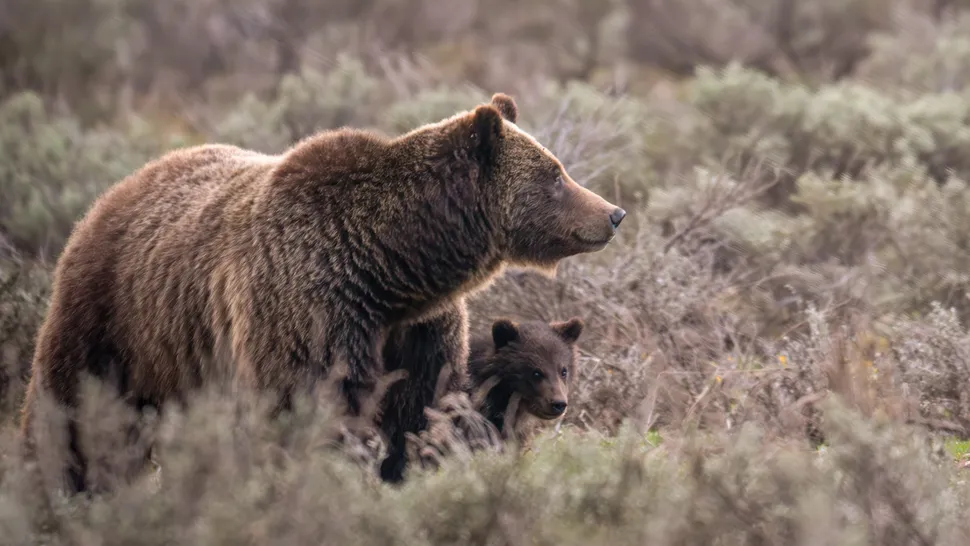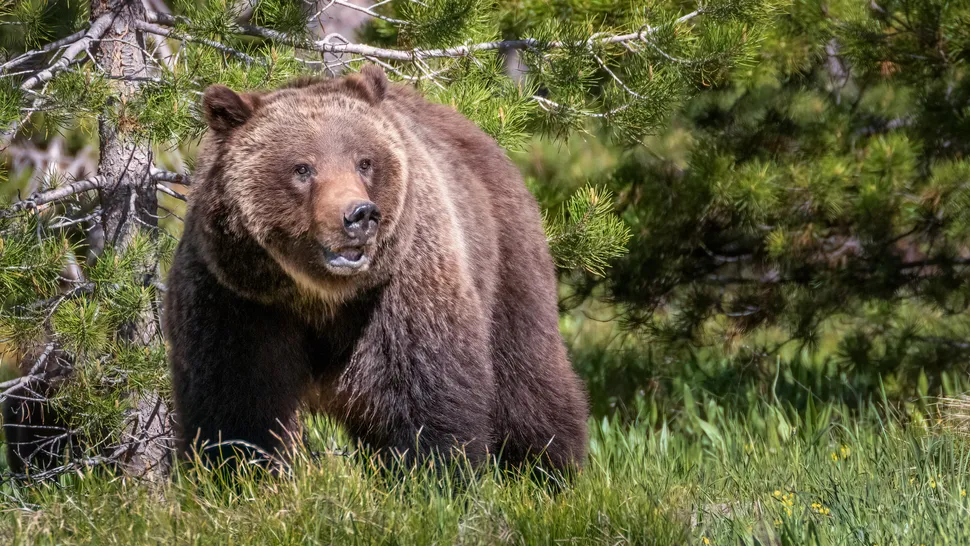The Gold Butterfly logging and burning project, east of Corvallis, Montana, is in wolverine and grizzly bear habitat and bull trout critical habitat in the Sapphire Mountains on the Bitterroot National Forest. The Alliance for the Wild Rockies and Native Ecosystems Council filed a lawsuit on September 9th against the Bitterroot National Forest seeking to stop the Gold Butterfly logging and burning project.
The decision for the Gold Butterfly project authorizes bulldozing 23.7 miles of new logging roads and adding 16.5 miles of illegal non-system roads into the system.
The decision calls for commercially logging 5,281 acres, including logging 567 acres of old growth forest, clearcutting across wide swaths of forest, and non-commercial tree-cutting and burning activities on an additional 2,084 acres
The Project is likely to kill whitebark pine trees, a species listed under the Endangered Species Act.
Commercial logging and bulldozing new logging roads are proposed on up to 3,082 acres of whitebark pine habitat. Logging could damage or kill some whitebark pine and whitebark pine trees could be cut due to misidentification. Intentional burning could also kill whitebark pine trees.

The Forest Service issued a site-specific Forest Plan Amendment for a new site-specific old growth definition that allows a 46% reduction in large trees per acre, unlimited reduction in canopy closure, and the whittling down of old growth forest stands to stands as small as four acres in size.
It is unclear which, if any, old growth management indicator species could inhabit these denuded stands. The record indicates that the Gold Butterfly Project activities will eliminate 2,998 acre of habitat for pine marten, and 2,451 acres of habitat for pileated woodpeckers, both of which are Forest Plan management indicator species for old growth forests.
Pileated woodpecker populations have both declined due to logging activity and widespread habitat destruction of mature forests and old growth forests.
The Gold Butterfly project makes a mockery of President Biden’s old growth forest protection plan. The Bitterroot National Forest has been violating the Forest Plan old growth standard for years, fundamentally changing old growth management across the Forest without ever analyzing the impact to the old growth management indicator species.
This project can cut down large trees to only 8 large trees per acre, and degrade thousands of acres of habitat for the old growth management indicator species. Rather than maximize retention of large trees as required by law, this project actually minimizes retention of large trees.
Moreover, the Healthy Forest Act also requires the Forest Service to follow the Forest Plan but the Gold Butterfly project violates the Forest Plan standards for elk road density and cover.
I am not sure why the Forest Service thinks the public wants millions of dollars of taxpayer funds spent destroying elk habitat on public lands when there is already a huge problem of elk fleeing to private lands where hunting is prohibited.
The Forest Service estimates that the Gold Butterfly project will result in a net loss of $4.2 million to federal taxpayers.
Finally, the Forest Service must prepare a supplemental EIS to address new information regarding grizzly bears and wolverines in the Sapphire Mountains. The Forest Service needs to take a “hard look” at potential impacts to grizzly bears and wolverines during this 8-year logging and road-building project. Scientists have discovered a lactating female wolverine in the project area, and there have been multiple instances of confirmed grizzly bear presence in the Sapphire Mountains over the past year. Both grizzly bears and wolverines are listed as threatened under the Endangered Species Act.
It’s no wonder the vast majority of the thousands of people who commented opposed the Gold Butterfly project since it’s estimated to run 6,000 to 7,000 loaded logging trucks down Willow Creek Road, a dirt road.
This article by Mike Garrity was first published by The Wildlife News on 11 September 2024. Lead Image: Photo by Idaho Department of Fish and Game.
What you can do
Help to save wildlife by donating as little as $1 – It only takes a minute.



Leave a Reply